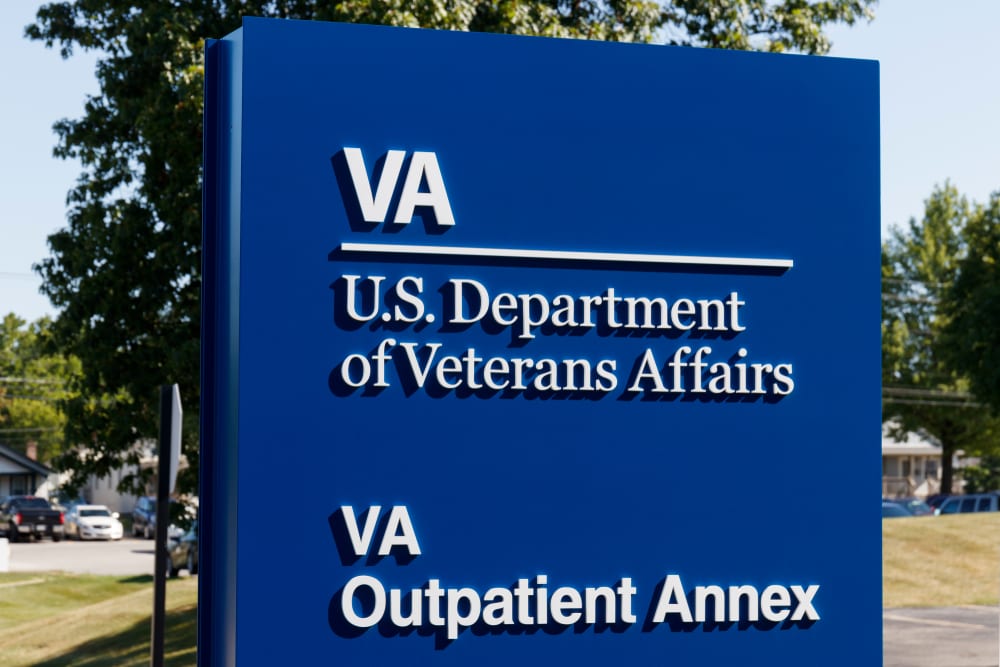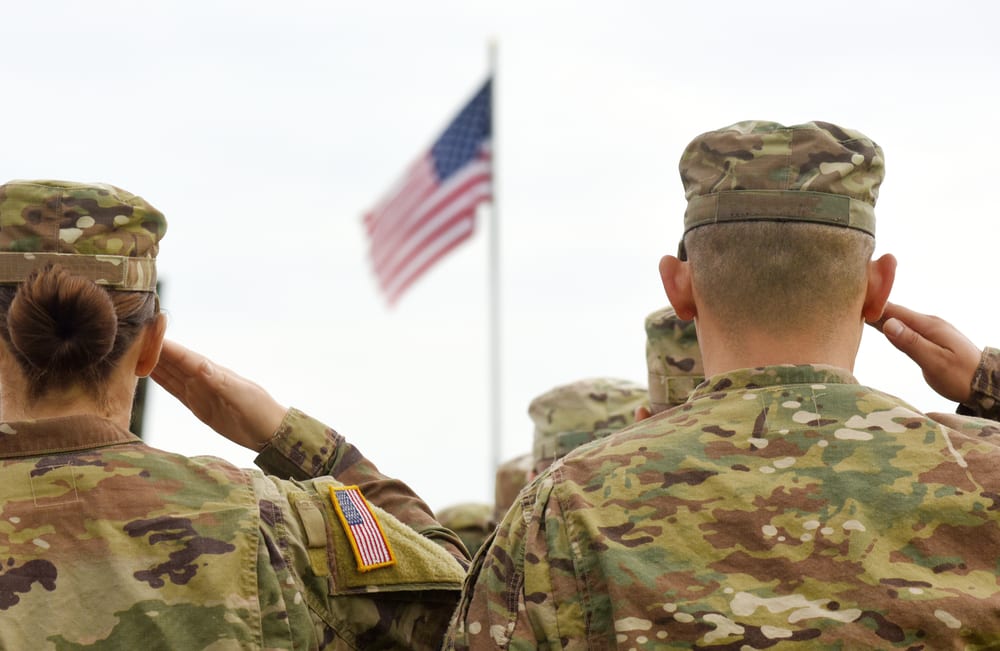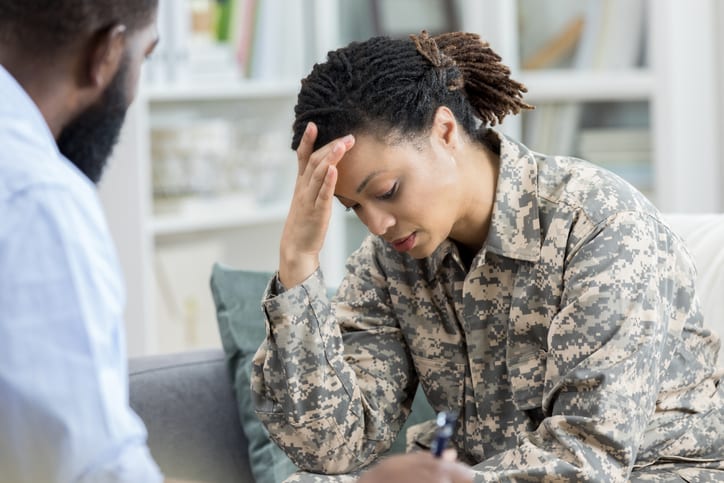What kinds of problems do they face after their return?
Some of the most significant are health related. A considerable number of veterans who served in Iraq and Afghanistan have suffered traumatic brain injuries (TBIs), with about one in five experiencing a mild form of TBI commonly known as a concussion. Other common problems include posttraumatic stress disorder, depression, anxiety, problematic alcohol use, and thoughts of suicide. Many veterans suffer from more than one health condition.
In addition, many women and men experienced sexual trauma, including harassment and assaults, while in the military. That can have both mental and physical effects.














